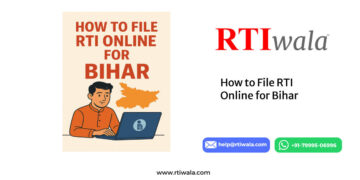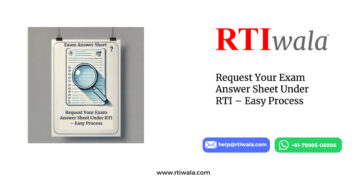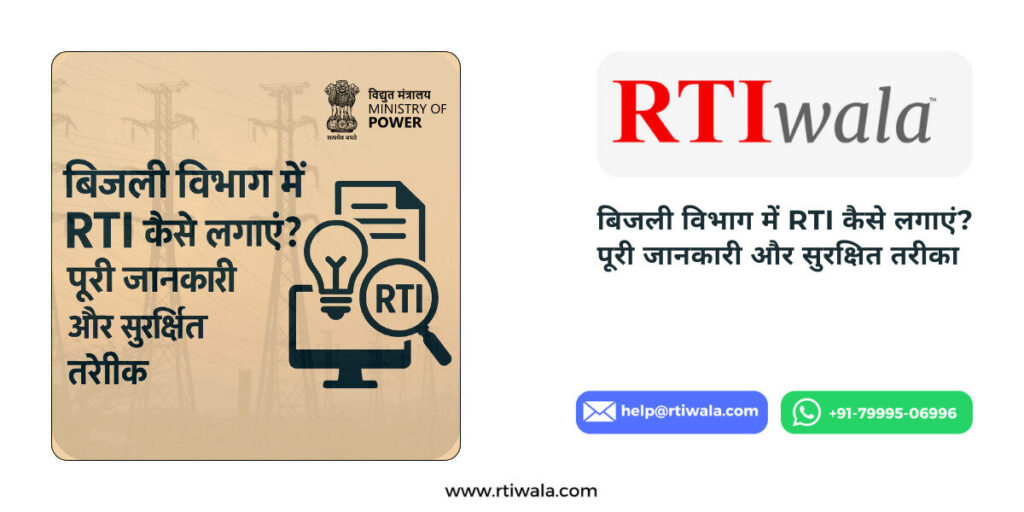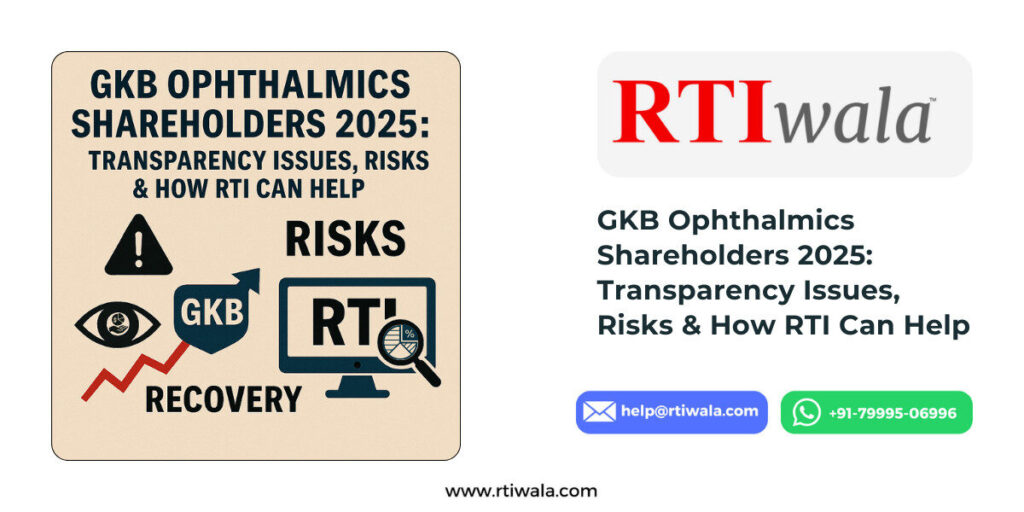E-Governance systems aim to make government services more accessible, efficient, and transparent by utilizing technology. When these systems are integrated across different departments, they enable smoother communication and better service delivery. The Right to Information (RTI) Act, with guidance from RTIwala, is a powerful tool that allows you to gather detailed information on how these systems are being implemented and how effectively they are working.
Table of Contents
- Understanding E-Governance Systems
- Importance of Integrating E-Governance Systems
- How RTI Can Help in Accessing Information on E-Governance Integration
- Step-by-Step Guide to Filing an RTI for E-Governance Information
- Challenges and How to Overcome Them
- Success Stories: RTI and E-Governance Integration
- How RTIwala Can Assist You
- FAQs
- Conclusion
Understanding E-Governance Systems
E-Governance refers to the use of digital tools and technologies to provide public services, manage government operations, and engage with citizens. Key aspects include:
- Online Services: Providing government services online, such as applying for permits or paying taxes.
- Data Integration: Combining data from different departments to improve decision-making and service delivery.
- Transparency: Using technology to make government processes and data more accessible to the public.
Importance of Integrating E-Governance Systems
Integrating e-governance systems across departments is crucial for:
- Efficiency: Streamlining operations and reducing redundancy.
- Improved Services: Providing a unified platform for citizens to access services.
- Data Accuracy: Ensuring consistent and accurate data across different departments.
- Transparency: Enhancing accountability by making processes and data accessible to the public.
How RTI Can Help in Accessing Information on E-Governance Integration
The RTI Act allows you to request detailed information about how e-governance systems are being integrated across different departments. You can use RTI to:
- Obtain Integration Plans: Request documents detailing the integration plans and strategies used by different departments.
- Access Progress Reports: Get updates on the progress of integration projects and their implementation status.
- Review Budget and Expenditure: Access information on the funds allocated and spent on e-governance integration.
- Check Compliance: Verify if the integration is being carried out according to the prescribed guidelines and standards.
Step-by-Step Guide to Filing an RTI for E-Governance Information
- Identify the Public Authority: Determine which government departments or agencies are responsible for e-governance integration. This could include the Ministry of Electronics and Information Technology or relevant state departments.
- Draft Your RTI Application: Write a clear and specific application requesting information about the integration of e-governance systems. Be precise about the documents or data you need.
- Submit the Application: Submit your RTI application either online through RTIwala or offline to the concerned department. Include the required application fee.
- Follow Up: After submission, monitor the status of your application. If you do not receive a response within 30 days, you can file an appeal.
Challenges and How to Overcome Them
Common Challenges:
- Delayed Responses: There may be delays in receiving information from the authorities.
- Incomplete Information: The information provided may be partial or unclear.
Overcoming Challenges:
- Regular Follow-Up: Keep track of your application and follow up if necessary.
- File an Appeal: If the response is unsatisfactory, file an appeal to obtain the complete information.
Success Stories: RTI and E-Governance Integration
RTI has been instrumental in bringing transparency to various e-governance projects. For example, RTI requests have revealed delays in the implementation of e-governance systems, prompting corrective actions and ensuring better service delivery.
How RTIwala Can Assist You
Filing an RTI for information on e-governance integration can be complex. RTIwala offers expert assistance in:
- Drafting Your Application: Helping you create a precise and effective RTI request.
- Submission and Tracking: Ensuring that your application is submitted correctly and tracking its progress.
- Expert Guidance: Providing advice on overcoming challenges and filing appeals if needed.
For expert assistance with your RTI application, contact RTIwala today!
FAQs
Q1: What information can I request about e-governance integration through RTI?
You can request details about integration plans, progress reports, budgets, and compliance with guidelines.
Q2: How long does it take to receive a response to an RTI request?
The public authority must respond within 30 days of receiving your RTI application.
Q3: What if the information received is incomplete?
You can file an appeal with the first appellate authority to request further details.
Q4: Can RTI be used to access information on specific e-governance projects?
Yes, RTI can be used to request information on specific projects, including their progress and challenges.
Q5: How can RTIwala assist with my RTI application for e-governance information?
RTIwala provides support in drafting, submitting, and tracking RTI applications, and offers expert guidance on obtaining the necessary information.
Conclusion
Using RTI to access information on the integration of e-governance systems is a vital step toward ensuring transparency and accountability in government operations. By following the steps outlined in this article, you can effectively gather information and monitor the progress of e-governance projects. If you need assistance, RTIwala is here to help you navigate the RTI process smoothly.























































